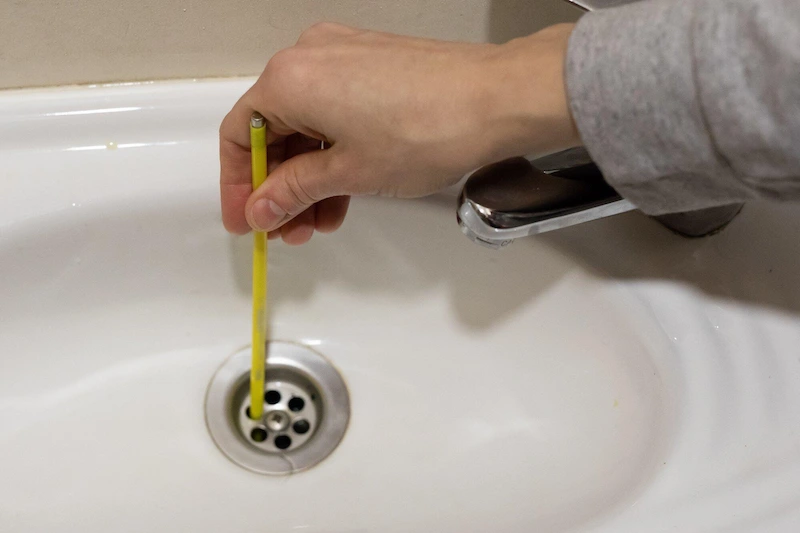Table of Contents
Slow drains are the bane of any homeowner’s existence. They are a harbinger of annoyance, a sign of declining household infrastructure, and yet they are so commonly overlooked.
Many of us, perhaps out of a mix of procrastination and wishful thinking, tend to view a sluggish drain as a minor inconvenience that can be handled at our leisure. This neglect, however, can lead to a tangled web of more significant-and often expensive-issues down the line.
Here’s why you should pay immediate attention to sluggish sinks and tubs. Read on!
Structural Damage
A slow drain can be a symptom of more serious structural damage in your plumbing system. This could mean that there is a blockage or even a break in the pipes, and this can lead to leaks, mold growth, and other problems if left unchecked.
Moreover, if you have older pipes made of materials such as galvanized steel or cast iron, they may have corroded over time, leading to blockages and slow drains. In these cases, it is important to address the root of the problem before it becomes a major plumbing disaster. It’s also best to invest in metal pipes that are corrosion-resistant to avoid rust.
Clogged Pipes and Septic Systems
A slow drain is often a sign of clogged pipes or septic systems. As water struggles to pass through the blockage, it takes longer to drain out and can even cause backups in other drains.
In addition, if you have a septic system, ignoring a slow drain can lead to serious issues with your septic tank. The buildup of solid waste and debris can overflow into your yard, causing unpleasant odors and potential health hazards. A septic tank pumping or professional cleaning may be necessary to address this issue and help you remove accumulated solids.
Health Hazards
Slow drains can pose health hazards to you and your family. Standing water in sinks or tubs can become a breeding ground for bacteria, leading to unpleasant odors and potential illness. This is especially worrisome if you have young children or elderly family members living in your home.
To prevent potential health hazards, it is important to address slow drains immediately. Regularly cleaning and disinfecting your drains can help keep them free of bacteria and mold growth. This will not only improve the overall cleanliness of your home but also ensure the health and well-being of your family.
Costly Repairs
Ignoring a slow drain now can lead to costly repairs down the line. As mentioned earlier, structural damage and clogged pipes can cause major plumbing issues that require professional help to fix. This not only means shelling out more money for repairs but also dealing with the inconvenience of having your plumbing system disrupted.
By addressing slow drains as soon as you notice them, you can save yourself from potential future headaches and expenses. You can prevent expensive damage and prolong the lifespan of your plumbing system. This can also help you maintain the value of your home and potentially increase its resale value.
You may like – Debunking Common Myths About Ultrasound Chiropractic Care
Slow Drains in Your Home Can Be Dangerous
Slow drains may seem like a minor inconvenience, but they can be indicative of more serious problems in your plumbing system. Structural damage, clogged pipes, health hazards, and costly repairs are all potential consequences of neglecting to address slow drains in your home.
Don’t wait until it’s too late! Take care of drains in your home now for a smoother, safer, and more cost-effective plumbing experience. Your future self will thank you!
If you want to read more articles, visit our blog. We have more!

